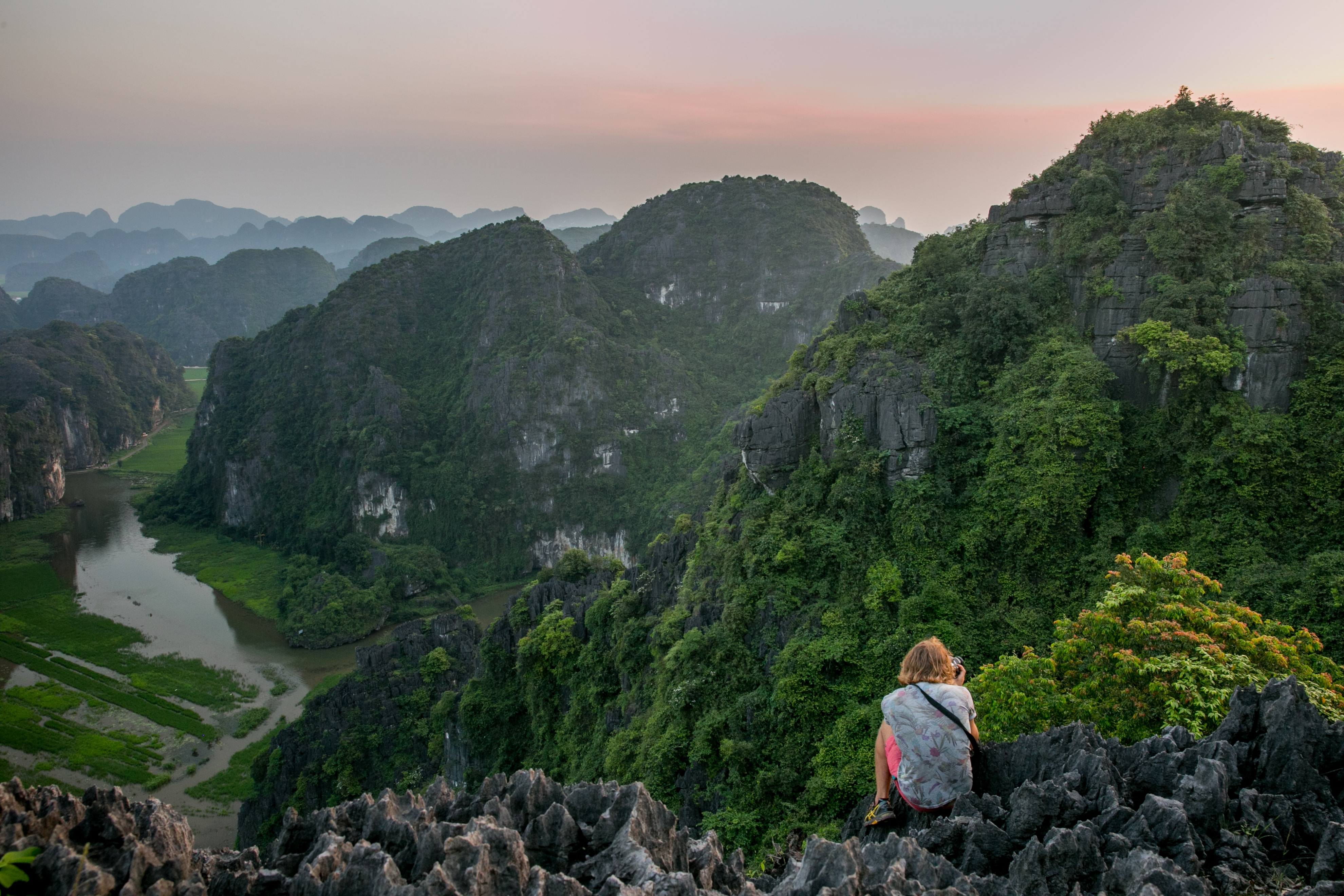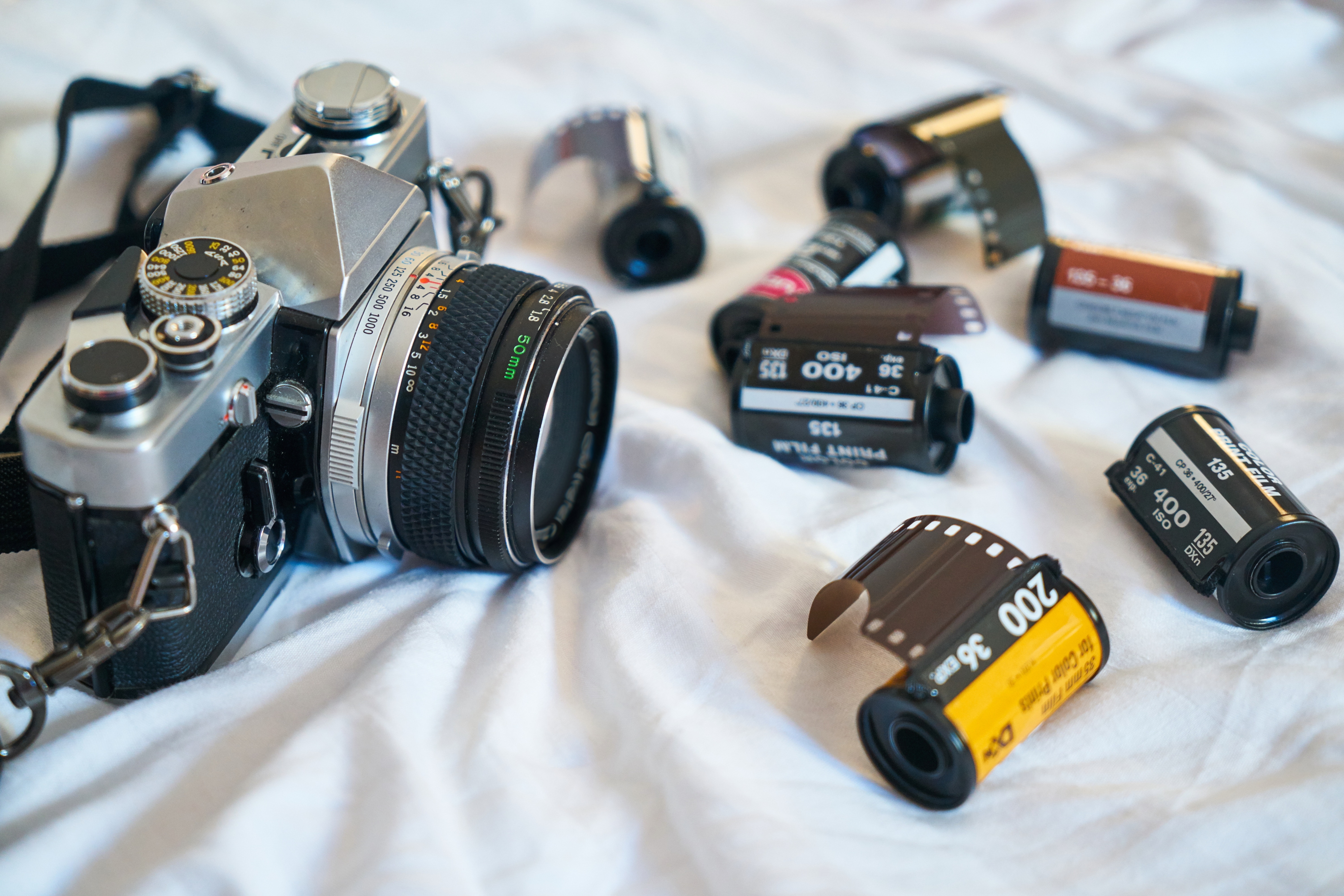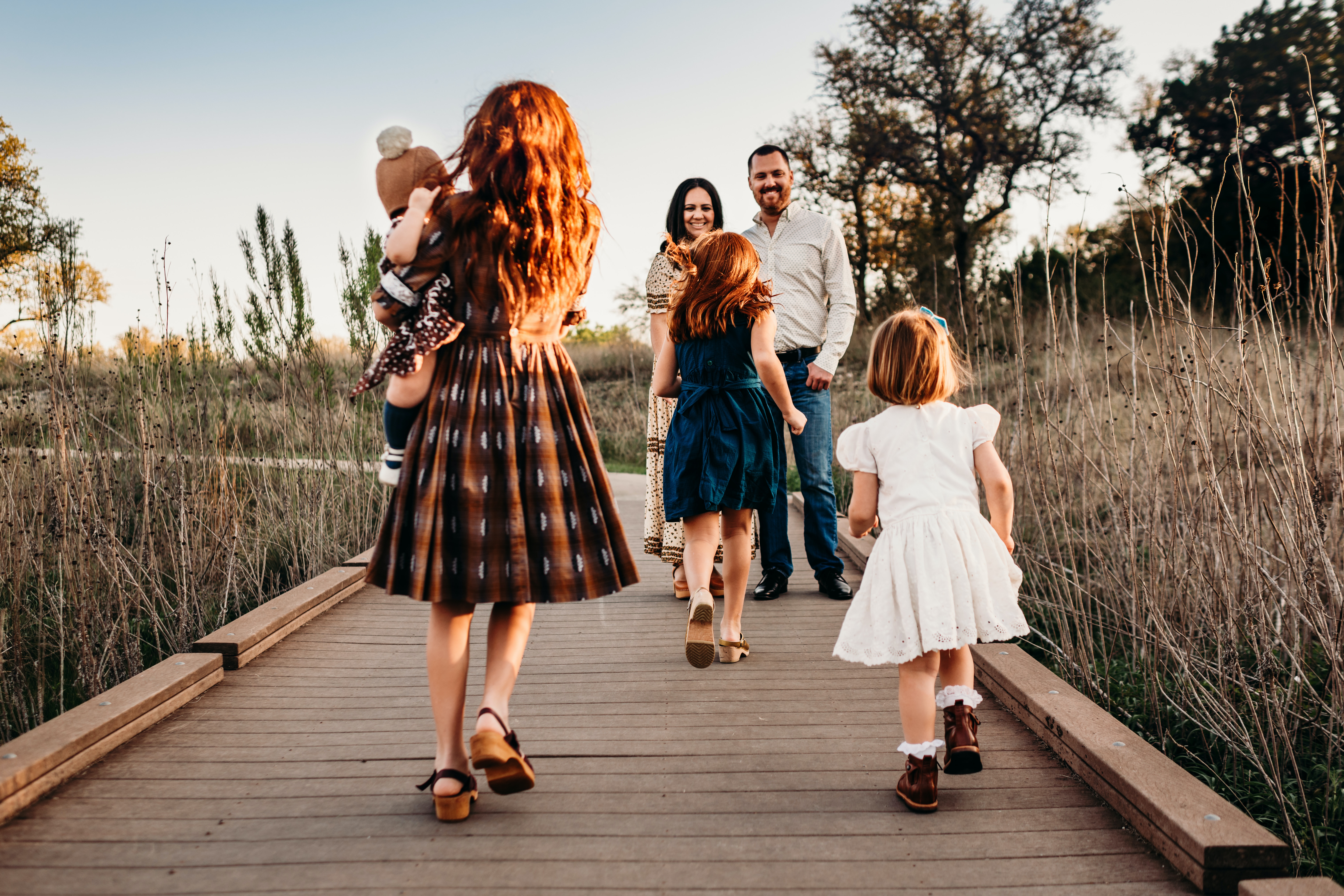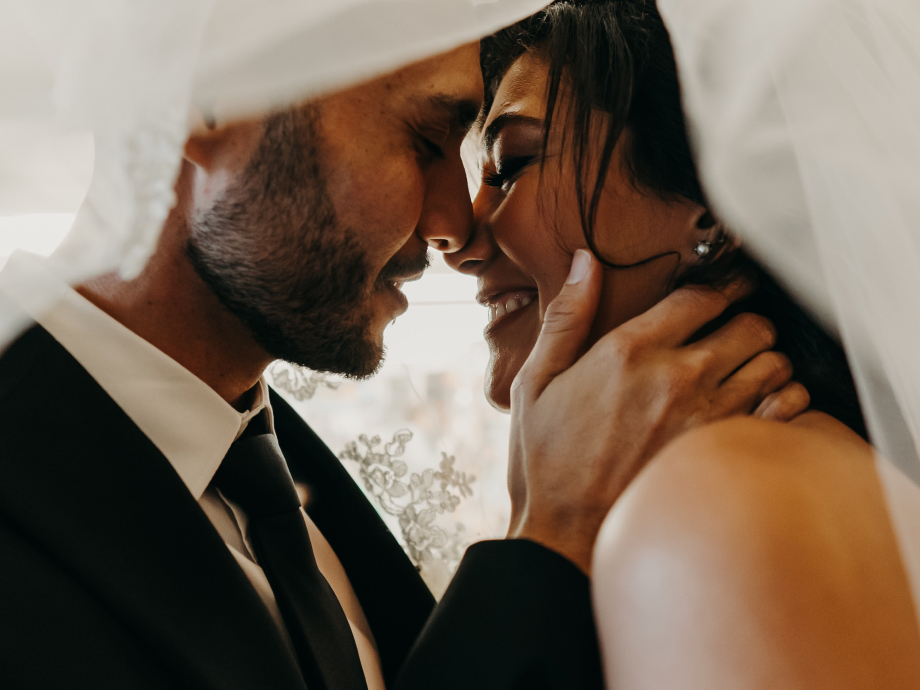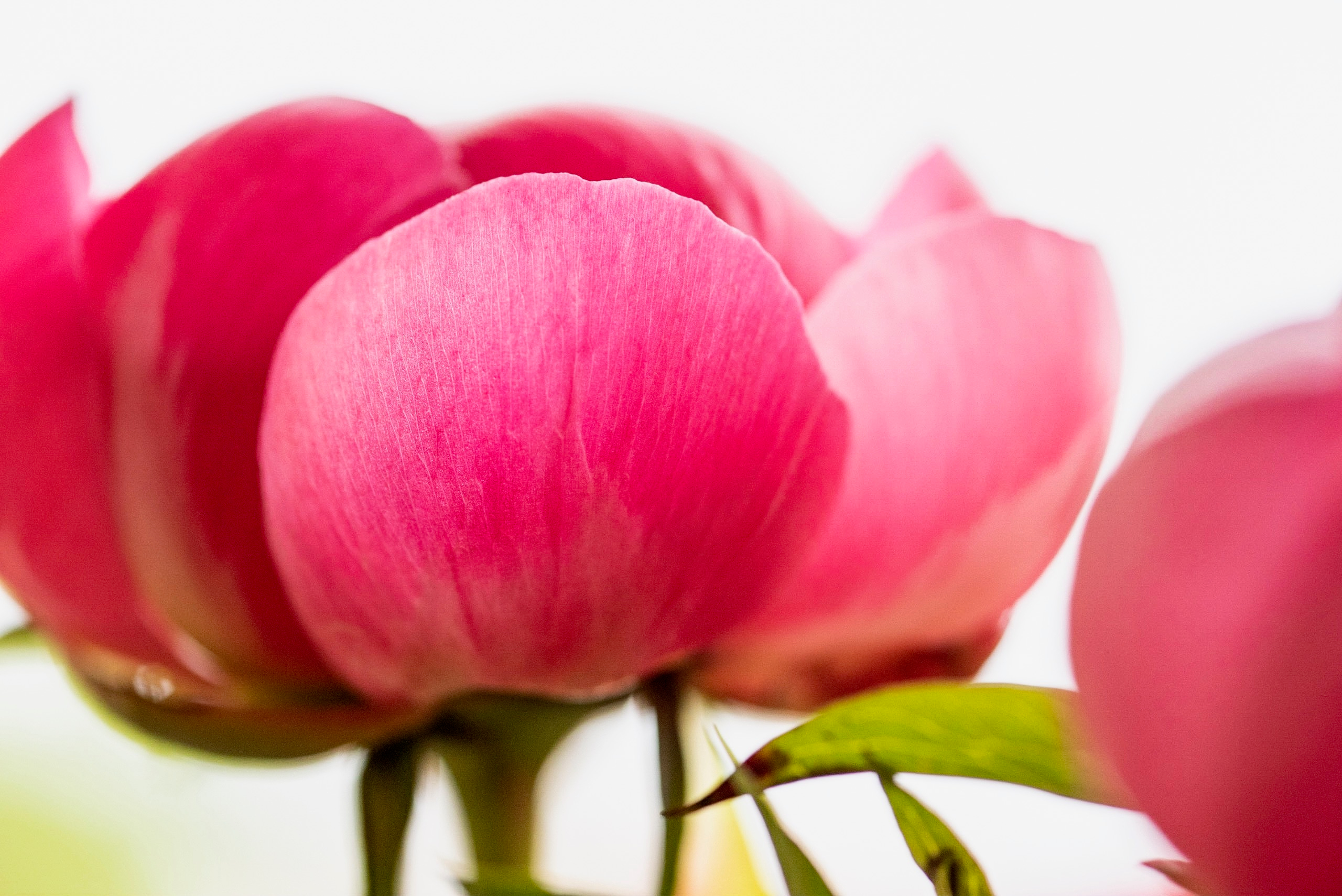
Macro photography is a style that has always interested me, and one that I was eager to learn as a new photographer. If you are not familiar with macro, it is a fun style of photography where focus falls close on small objects. This typically results in small objects being made larger in the photos with a magnification effect. Detail and sharpness is important.
Many point and shoot cameras offer a “macro” function, which allows the lens to focus closer and get more detailed photos of a subject. On an SLR, a macro lens can be used to give 1:1 magnification. This presents a wonderful view of smaller items in the world! True macro means that that 1:1 magnification is met, or exceeded.
Macro photography is a unique way to see the world. Flowers and bugs are the most common macro subjects, but there are a lot of details in the world that can be captured with a macro lens. It can highlight the intricate details of just about any subject.
Here are some tips and ideas if you want to jump into macro photography!


Get Comfortable With Manual Focus
The point of focus counts in macro, and sometimes auto-focus will struggle to hit that sweet spot of focus. Getting comfortable with manual focus will help narrow down where you want the focus to be!
Try Shooting In Aperture Priority Mode
If you are not familiar with this setting, give it a try. This setting allows you to set the aperture, and control the depth of field. A shallow depth (like f/2.8) may give a more abstract look, while a bigger depth (like f/8) can give you much more sharpness. This mode lets you set the aperture, or depth of field, and the camera will set the shutter speed automatically (assuming the camera has an internal meter). You can also try manual more to get exactly what you want out of your images.

Find A Good Macro Lens
I’m a huge fan of the Nikon 105mm Macro lens, since it’s easy to carry around and work with. There are lots of options to choose from, so just start looking for a lens that has a dedicated Macro purpose. There are other ways to shoot macro, with extension tubes or reversing lenses, but the best way to get started is to get a lens that was made for this style of shooting and work at 1:1.. Canon offers a similar 100mm lens, and Sigma has 105mm lenses for both. There are other brands out there, just look for the keyword Macro (or Micro, for Nikon)!
Start To See The Details Around You
Macro really helped me to see the world in a different way. I seldom see a plant or flower outside that I don’t think about getting up close to with a lens. I am not a fan of bugs, so you won’t frequently find me getting that close to a bug. My cats nose on the other hand… However you may choose to apply macro to your photography, it will certainly allow a different perspective!
Slow Down and Breathe
A steady hand or a tripod are helpful in macro shooting, but not always necessary. I have found that just slowing down, thinking about my camera settings, and taking a deep breath can allow me to get a good shot most of the time. A tripod is certainly helpful for the detail and stillness, but it’s not always easy to keep a tripod on hand.
Lighting
Lighting is an important key to macro. Being mindful of shadowing your subject will help avoid dark images. Back-lighting a flower or leaf can bring out amazing details and textures. A flash can be an added resource, most often paired well with a diffuser made for shooting macro style. I most often shoot in bright daylight, so rarely involve artificial lighting, but for indoor or studio style macro, lighting will be needed.
Have Fun
This is a creative way to take photos, so have fun while you’re learning. Try different angles, different compositions, different lighting. You’ll make mistakes, like focusing in the wrong spot, but learn as you go. It’s a fun style, and makes fun photos, so have fun learning and mastering macro photography!
KEH is a great place to find a lens to get started, as well as other accessories you may need like a flash or a tripod. You don’t need a lot of expensive gear to get into macro, so jump right in to this fun style!




